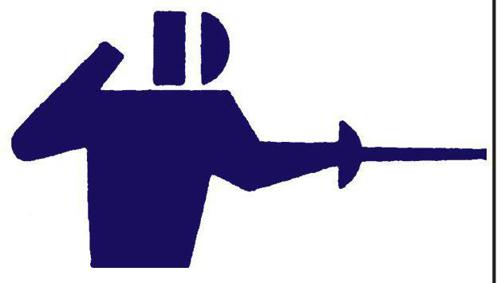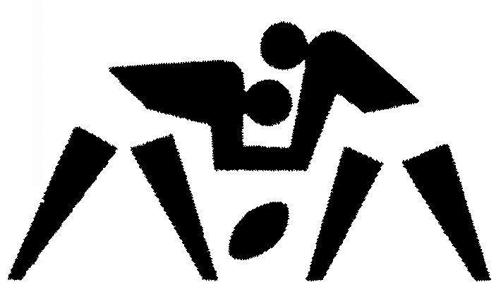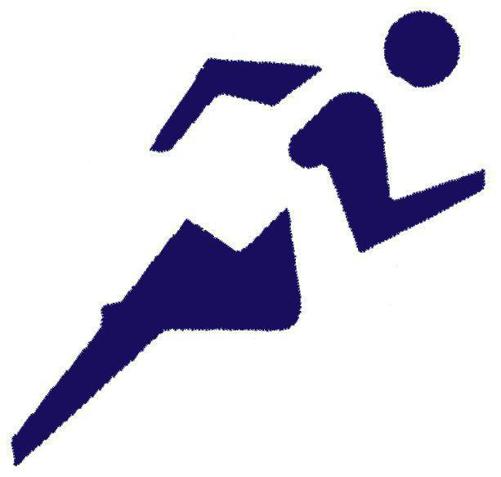SAS Urban Survival Handbook (75 page)
Read SAS Urban Survival Handbook Online
Authors: John Wiseman
Tags: #Health & Fitness, #Reference, #Survival, #Fiction, #Safety, #Self-Help, #Personal & Practical Guides, #General, #Survival Skills

IF YOU SUSPECT A NECK INJURY
DO NOT move the casualty. Gently hold the casualty’s head still and MONITOR BREATHING CLOSELY. CALL AN AMBULANCE!
Eye/nose/mouth
After any
blow, scratch
or
cut
in or around the eye, if vision is clouded or obscured or if the eye looks cloudy or bloody, seek urgent medical attention. If it seems a curtain has been pulled across your eye, you may have suffered a
detached retina
, for which surgery is required. Apply an ice pack to a
black eye
as soon as possible.
If you wear glasses or sunglasses for sports, make sure they have shatterproof polycarbonate lenses. If you wear contact lenses, remember that they can be knocked into (or out of) the eye. Seek specialist advice.
Nosebleeds
are caused by rupture of the blood vessels on the membrane inside the nose. Pinch nose, lean forward and apply ice pack. If bleeding continues for more than a few minutes, seek medical attention.
Cut lips
and
tongue
tend to bleed profusely, which can be quite frightening. Apply pressure and do not swallow blood as you might be sick. Seek medical attention for large cuts, if bleeding doesn’t stop or if a tooth goes through the lip.
Broken teeth
should be saved as they can often be replaced. AVOID swallowing or inhaling teeth. ALWAYS seek medical attention if you suspect you’ve swallowed a tooth, or for someone who has been knocked out and lost a tooth. If you wear partial or complete dentures, it’s wise to remove them before playing vigorous or contact sports.
CLOTHING
Protective clothing is VITAL for safety in many sports. New, more comfortable and safer versions are always being developed—it’s worth keeping YOUR equipment up to date.
Shields/pads
You wouldn’t think of playing cricket without shin pads, but many people balk at wearing them for football or field hockey. Since shin injuries are so common, it’s worth overcoming the ‘image’ problem! Extensive body armour is worn for American football and ice hockey. Boxers always wear gumshields, which can be custom-made. Men should always wear a box (genital protector) for vigorous or contact sports.
Gloves
Wear gloves to protect against blows (cricket, ice hockey), cold (skiing, motocross), friction burn (sailing) or to improve grip (riding, cycling, golf, weightlifting etc).
Helmets/goggles
Injuries to the head and eyes are potentially EXTREMELY serious, even fatal. Headgear should always be properly fitted and up to date—spare no expense. Cricket helmets with faceguards, similar to the baseball catcher’s mask, are increasingly worn, as are helmets for cycling. Do NOT consider riding a horse without a proper helmet—the old-fashioned peaked hard hats need to be the specially-reinforced type.
Skiers should wear special filtered goggles to protect eyes against glare. Cyclists’ goggles will keep out grit and insects and prevent the eyes watering. Swimmers need goggles to protect the delicate lining of the eye from chlorine and salts, while squash players should wear glassless goggles to guard against the ball impacting into the eye socket.

WARNING
ALWAYS buy a new helmet once yours has protected your head from a heavy blow. It may not have the strength to protect you a second time, even if it looks undamaged.
Watersports
Buoyancy aids are essential for non-swimmers, but life preservers should be worn by EVERYONE who is at risk—canoeists, sailors, windsurfers, surfers. Never forget that you may be knocked unconscious—it’s not a case of how good a swimmer you are. Wetsuits protect the body from cold and abrasion. NEVER wear earplugs for diving—the water pressure could force them into your ears.
Footwear
Buy the best you can afford and, if possible, have a pair of shoes specifically designed for every sport you play. Many sporting injuries could be avoided by wearing the correct footwear. A running shoe, for instance, has a wide base which is too stable for the rolling and twisting of the feet in racquet sports.
Buy shoes with uppers made of natural materials—leather, cotton, canvas. Try shoes on while wearing the same socks you use for sport. REMOVE plastic motifs from leather or canvas shoes—they don’t expand with the shoe and can cause blisters, sores and chafing. DON’T wear somebody else’s shoes. You could be asking for verruccas, athlete’s foot or other fungal infections. DON’T play sport barefoot—your feet need protection and support.
SPORT BY SPORT
Here’s a summary of the most common risks of some of the most common sports. Know YOUR sport and take every precaution to protect yourself from serious injury. Never forget that, apart from the dangers of permanent damage or death, quite simple injuries may prevent you from ever participating in your chosen sport again.

COMBAT SPORTS
BOXING/WRESTLING/JUDO/FENCING
Most boxing injuries are to the face and head, with concussion a constant danger. Protective headgear can be worn, but some feel this impairs reflexes, slowing movement and leading to a false sense of security. Amateur boxers are now forced to rest after a knockout to minimize the likelihood of becoming ’punch drunk’ – a form of irreversible brain damage. Blows to the eye can detach the retina. Both wrestling and judo are surprisingly-safe sports, probably because they are well supervised, though shoulder separation or dislocation, and fractures of the ribs, collarbone, fingers or toes do occur in the latter. Some arm positions can also lead to tennis elbow and ligament injury. In fencing, faulty equipment is often the cause of injuries and accidents.
SPORT BY SPORT

CONTACT SPORTS
RUGBY/AUSTRALIAN RULES FOOTBALL/ AMERICAN FOOTBALL
Injuries are common in these relatively-violent sports, though they are safer than they used to be—especially American football, thanks to the extensive padding and protection worn. Collapsing the scrum in rugby is now illegal since players have been paralysed this way. Common injuries include: shoulder separation; costochondral injuries (front or chest wall where ribs join sternum); quads haematoma; scrum pox (impetigo of the skin caught from cuts). Back injuries from twisting in the scrum/scrimmage can be minimized by conditioning the muscles; cauliflower ear by wearing a sweat band. Broken bones and spinal injuries are not uncommon.
BASKETBALL
NETBALL/HANDBALL/VOLLEYBALL
Dislocated and fractured fingers, mallet finger (see Field sports) and thumb sprain all arise from mistimed catches. Foot injuries and ankle sprains are common due to play on hard surfaces. The actions of jumping, backing and overhead throwing can lead to jumper’s knee (patella tendinitis – tendon inflammation), footballer’s groin and shoulder problems – typically rotator cuff (tendons on top of the shoulder joint), rupture and impingement.

FIELD SPORTS
CRICKET/BASEBALL/SOFTBALL
As in other social sports, the under-fit weekend player risks injury. Common complaints include ’pitcher’s elbow’ (inflammation where the muscles are attached to the bone), the children’s version – ’little league elbow’ – and radiohumeral joint injury, caused by round-arm throwing. Fractured or dislocated fingers and mallet finger (a bruised, swollen and often sagging end-joint caused by a blow to the tip) are hazards of hard ball sports. The actions of bowling, pitching or sliding can also lead to shoulder and back injuries.

TRACK AND FIELD
RUNNING/SPRINTING/ LONG JUMP/HIGH JUMP/JAVELIN/ SHOT PUT/DISCUS
Running events carry the risk of adductor strain and hamstring sprains – particularly from explosive or sudden movements and one-sided running. Long-distance runs on hard surfaces leave runners prone to shin splints and stress fractures. Kick-type movements aggravate quads mechanism injuries (Osgood Schlatter’s disease, or shinbone inflammation and jumper’s knee). Hurdlers or discus throwers can suffer footballer’s groin. Javelin throwers and shot putters both have their ‘own’ injuries – javelin thrower’s elbow is caused by round-arm throws and shot putter’s finger is a sprain of the three fingers used for the final acceleration. In high jumpers, Fosbury flop ankle is caused by twisting the lower leg on take-off.
